| Associate Professor, Dr. Dinh Van Chau, Principal of the University of Electricity, shared the orientation of creating a human resource development circle between managers, schools and businesses so that the speed, quantity and quality of training can keep up with actual needs. |
Large market - large demand
Many technology corporations, businesses and localities have warned about the shortage of human resources, especially engineers with practical work skills, understanding of production processes, microchip design...
According to the Vietnam Information Technology Market Report, by 2025, the information technology industry needs to add about 700,000 workers. However, the current capacity of domestic training facilities is only about 500,000 people. Thus, Vietnam is facing a shortage of about 200,000 workers.
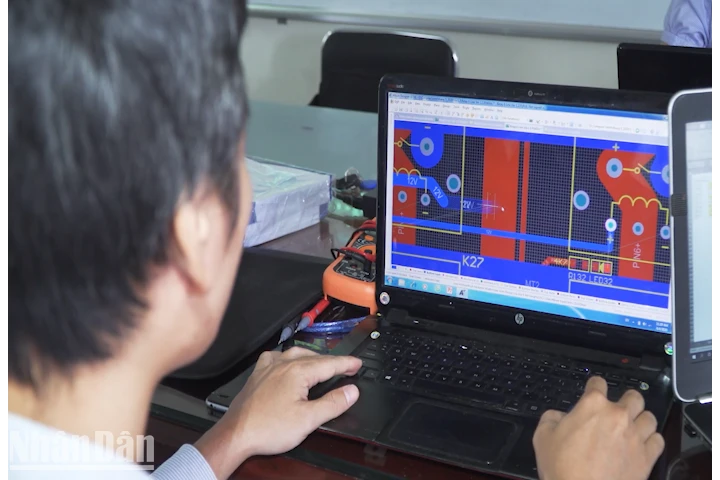 |
Meeting the demand for high-tech human resources for the domestic market is one of the important requirements in the country's breakthrough period. |
It is estimated that by 2030, Vietnam will need 50,000 microchip and semiconductor design engineers, while current training capacity can only meet a part of the demand. According to the Ministry of Science and Technology , the semiconductor industry currently only meets less than 20% of the demand, while the annual demand is about 10,000 engineers.
From now until 2030, Vietnam needs up to 50,000 microchip and semiconductor design engineers.
From the perspective of a leading unit in semiconductor industry development, Dr. Nguyen Cuong Hoang, Director of Viettel Semiconductor Center, Military Industry and Telecommunications Group shared that in the national semiconductor strategy, the goal is that by 2030 Vietnam will have its first semiconductor chip manufacturing factory.
With the complex and modern nature of the chip manufacturing plant, the demand for multidisciplinary human resources such as materials technology and manufacturing technology will reach thousands of people. For chip design engineers alone, we expect to need more than a thousand people, and must ensure both quantity and quality," said Dr. Nguyen Cuong Hoang.
 |
The semiconductor industry only meets less than 20% of its workforce, while the annual demand is about 10,000 engineers. |
Mr. To Manh Cuong, General Director of VNPT Technology Joint Stock Company, said : “In the past year, we sold 3 million products domestically and exported 7.2 million products to international markets. As a unit with strengths in designing and manufacturing telecommunications and electronic equipment and application software solutions, we pay special attention to human resource training and recruitment.”
The thirst for high-tech human resources in Vietnam is not only a challenge for the industry but also an urgent problem for the entire university education system.
When training is substantial and in the right direction, not only will the quality of human resources improve, but the number of engineers meeting the demand will also increase significantly.
University 4.0 - "The three-legged stool" orienting students from the lecture hall
As one of 18 higher education institutions assigned by the Prime Minister to develop human resources for the field of microchips and semiconductors, the University of Electricity determines its "responsibility" to not only train human resources to meet domestic needs, but also to aim for regional and international standards.
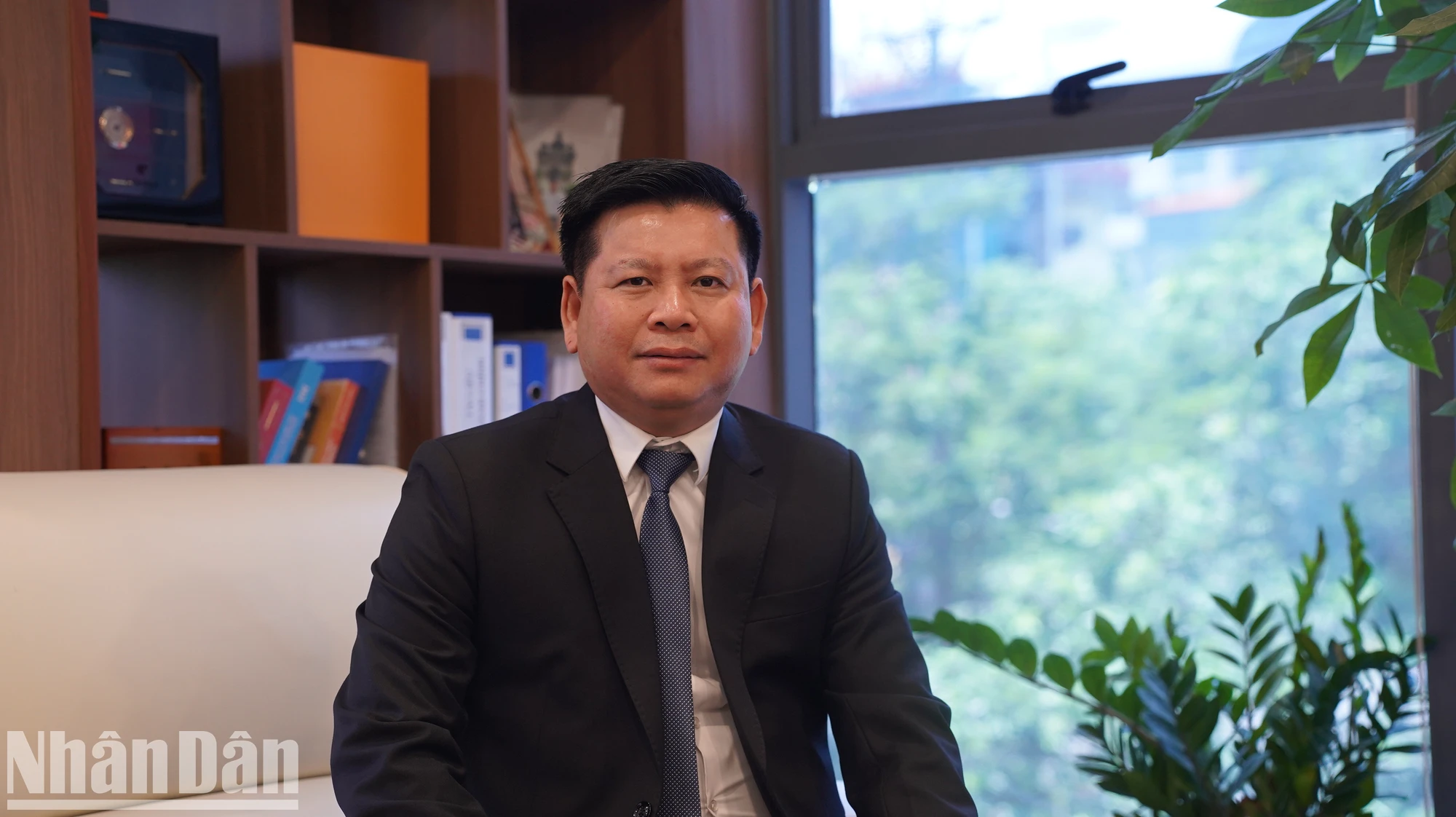 |
Associate Professor, Dr. Dinh Van Chau, Principal of the University of Electricity, shares about the direction to "anticipate" the needs of the human resource market. |
Associate Professor, Dr. Dinh Van Chau, Principal of the University of Electricity mentioned: “ If standing alone, no university has the capacity and conditions to provide students with knowledge, facilities, and practice spaces that are large enough and effective like those in businesses. Therefore, the school's viewpoint is to create a circle of human resource development between managers - schools and businesses so that the speed, quantity and quality of training can keep up with actual needs ”.
This model aims to train a generation of students who are "ready to work" in life, contributing to solving the human resource problem for the market.
Mr. To Manh Cuong, General Director of VNPT Technology Joint Stock Company, agreed that participating with the school from teaching to practice will help businesses proactively build human resources according to their requirements instead of "waiting".
“We send professional staff, engineers, and experts to work with the school to directly develop the curriculum, to see what is needed and what is the actual requirement to shorten the gap between the school and businesses, helping the school to produce good quality engineers and ensure output,” Mr. To Manh Cuong informed.
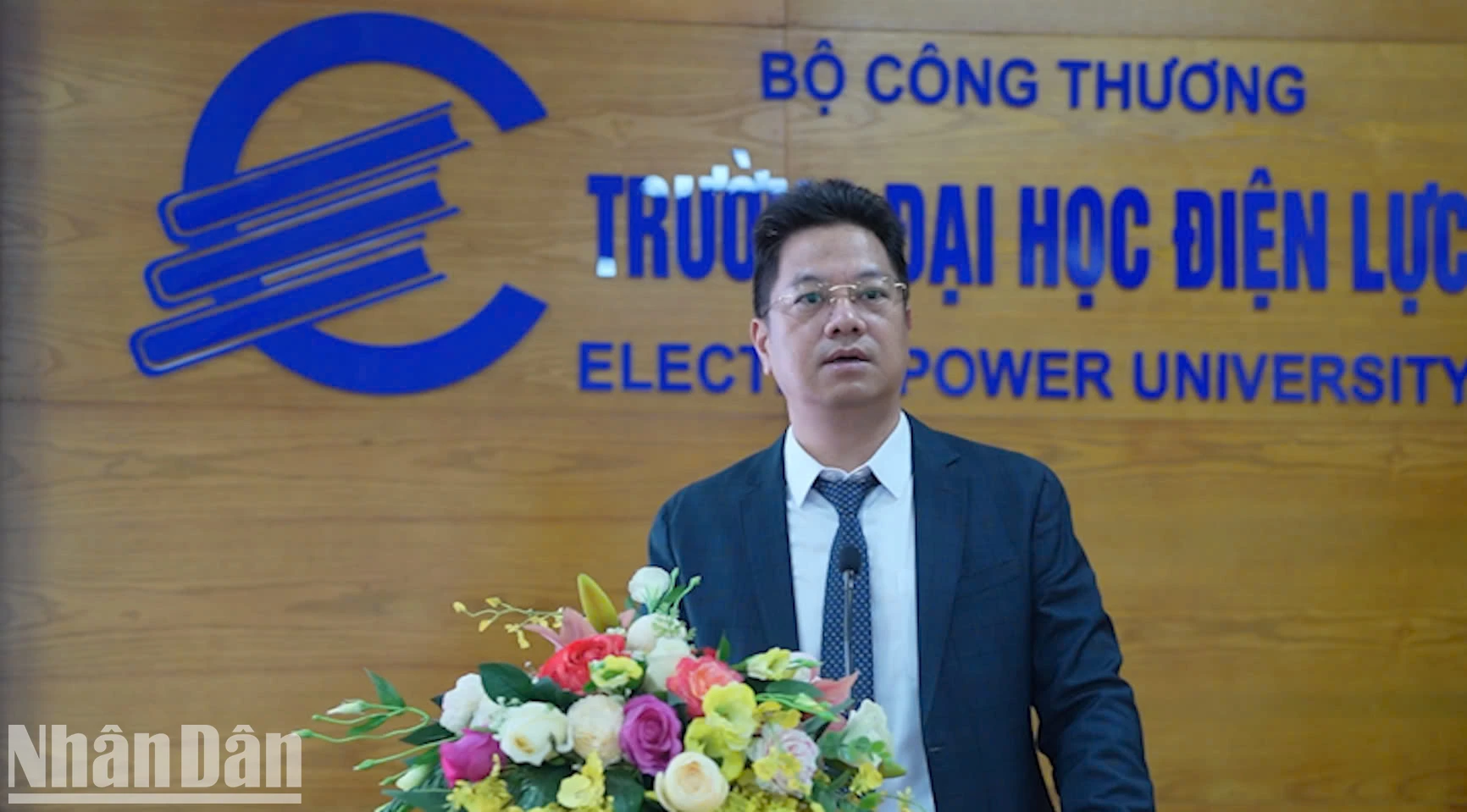 |
Mr. To Manh Cuong, General Director of VNPT Technology Joint Stock Company, assessed that the potential of Vietnamese enterprises is not only limited domestically but also with partners around the world. |
With the company's network of overseas partners in chip design and manufacturing such as Qualcomm, MediaTek, Airoha Technology... students will have the opportunity to approach the world's leading units for research and practice purposes.
Not only stopping at vocational skills training, the cooperation programs also aim to develop research thinking, innovation and problem-solving skills, which are core competencies of high-tech human resources.
The unit's shortcomings such as scientific research, breakthrough inventions... will need to be filled with highly practical research from the students themselves.
Dr. Nguyen Cuong Hoang, Director of Viettel Semiconductor Center, Military Industry and Telecoms Group, shared the view that the human factor is the key factor in the semiconductor industry development strategy, not only of Viettel but also of Vietnam in general. Therefore, the unit's shortcomings such as scientific research, breakthrough inventions... will need to be filled with highly practical research from the students themselves.
In fact, the “connection network” of the University of Electricity and Construction has nearly 300 enterprises in fields such as energy, electronics and telecommunications with major partners such as Viettel Group, VNPT, Institute of Materials Science, etc.
Through training programs, students have the opportunity to participate in internships, do graduation projects at businesses, and access practical technologies that have been implemented in recent times such as 5G network systems, automatic control, and integrated circuit design (IC design)...
For businesses and research units, cooperation with universities opens up opportunities to recruit high-quality human resources, while contributing to training orientation in line with global technology trends. This is the foundation for forming an innovation ecosystem, promoting national strength in key industries of the future.
Source: https://nhandan.vn/giai-con-khat-nhan-luc-cong-nghe-cao-tai-viet-nam-post882133.html


![[Photo] President Luong Cuong receives Lao Vice President Pany Yathotou](https://vphoto.vietnam.vn/thumb/1200x675/vietnam/resource/IMAGE/2025/5/25/958c0c66375f48269e277c8e1e7f1545)
![[Photo] Festival of accompanying young workers in 2025](https://vphoto.vietnam.vn/thumb/1200x675/vietnam/resource/IMAGE/2025/5/25/7bae0f5204ca48ae833ab14d7290dbc3)

![[Photo] The coffin of former President Tran Duc Luong arrives in Quang Ngai](https://vphoto.vietnam.vn/thumb/1200x675/vietnam/resource/IMAGE/2025/5/25/1f1aca0d92ab47deae07934e749b35e6)






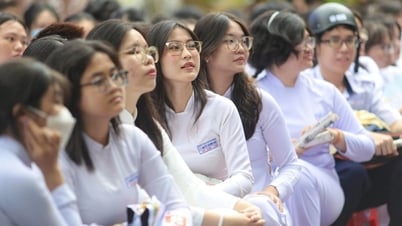


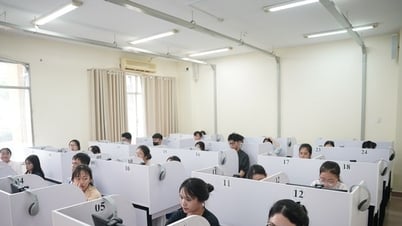





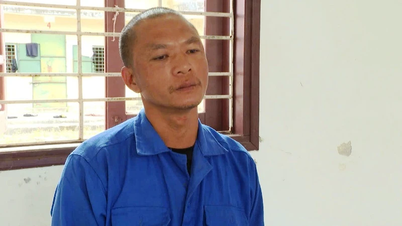
![[Photo] The coffin of former President Tran Duc Luong arrives in Quang Ngai](https://vphoto.vietnam.vn/thumb/402x226/vietnam/resource/IMAGE/2025/5/25/1f1aca0d92ab47deae07934e749b35e6)
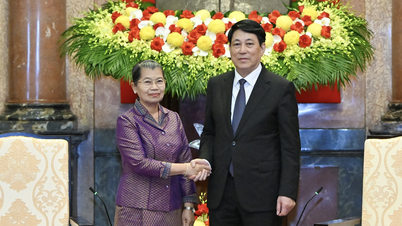
![[Photo] Festival of accompanying young workers in 2025](https://vphoto.vietnam.vn/thumb/402x226/vietnam/resource/IMAGE/2025/5/25/7bae0f5204ca48ae833ab14d7290dbc3)












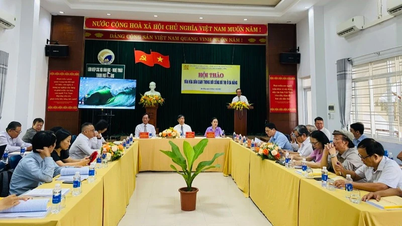







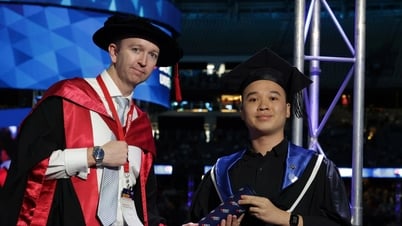












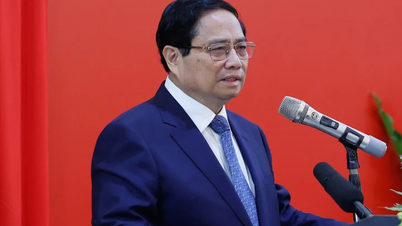


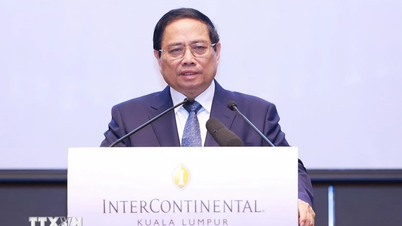









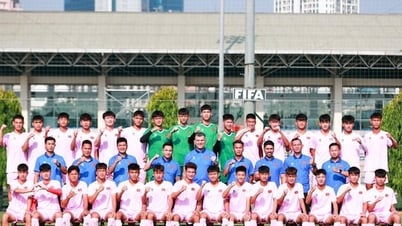












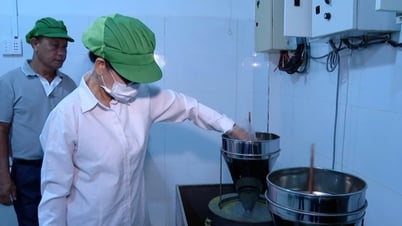




Comment (0)